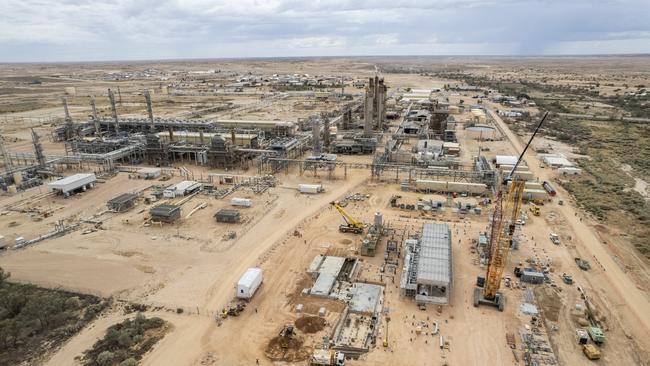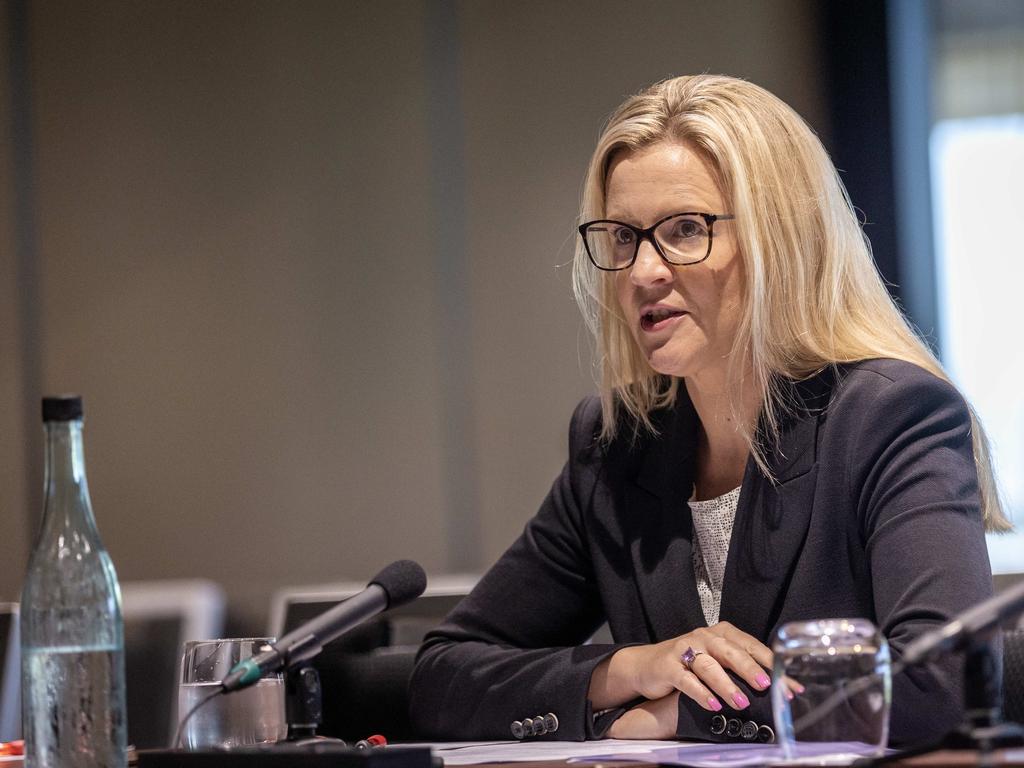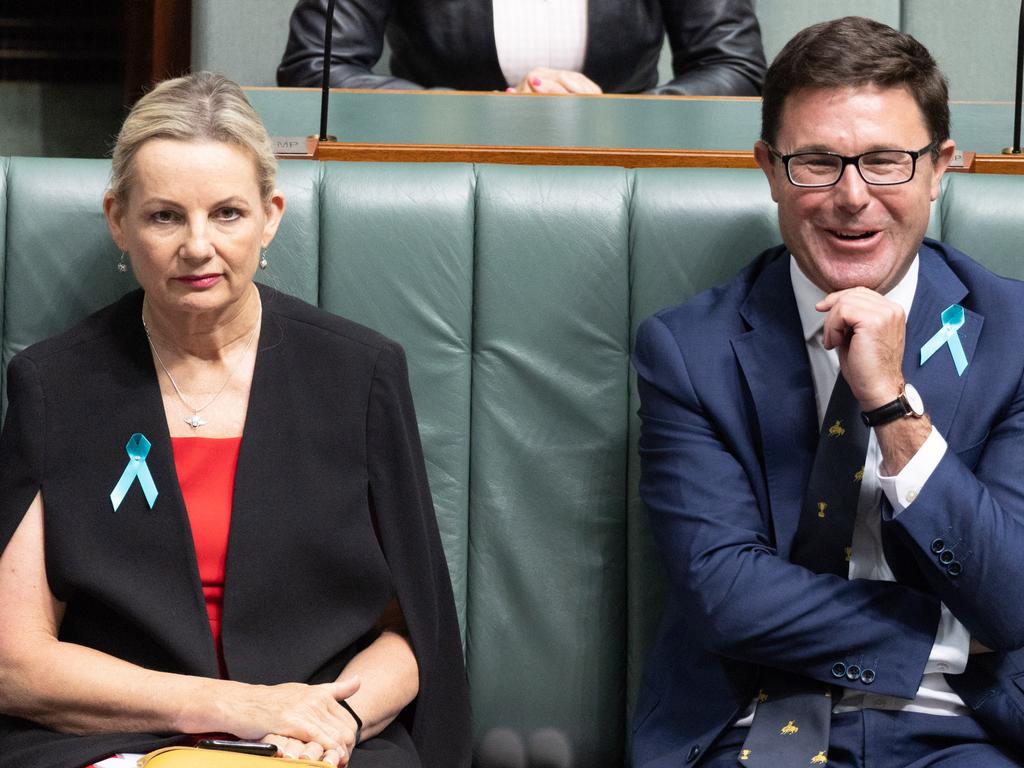
It is an idea that demonstrates how net zero can be an opportunity for Australia to expand our trade relationships and create jobs based on our vast resources.
The Future Gas Strategy has now put this opportunity firmly on the table, backed up by $32m in funding in last week’s federal budget.
The strategy recognises that Australia’s expertise, infrastructure and natural geology puts us in pole position to support industrial decarbonisation in our region. And the potential economic benefits of this are significant.
Global energy consultancy Wood Mackenzie has found Australia could attract revenue of more than $500bn by selling spare carbon storage capacity to the world.
It’s a big number but one that reflects the global need for carbon storage. According to the International Energy Agency, the world needs to store more than 1 billion tonnes of carbon dioxide every year by 2030 to meet net zero goals.
There is already a market and demand for this carbon storage. Key trading partners such as Japan and South Korea have limited opportunities to store emissions domestically and are looking for regional help to meet their net zero targets.
In a paper for the Australian Energy Producers Journal, Wood Mackenzie said: “We estimate $US325–385bn ($491 – $582bn) in revenue can be gained from opening all of Australia’s excess storage capacity to regional emitters, assuming a transport and storage fee of $US33–39/t CO2.”
Carbon Capture and Storage is effectively reverse gas extraction – permanently trapping emissions in deep geological formations, often in depleted gas fields that have securely contained natural gas for millions of years.
This is why Australia has a competitive advantage – our geology is ideally suited for storing carbon and our gas sector has the expertise and infrastructure to deliver it.
More than 9 million tonnes of emissions have already been stored in Australia at the world’s largest project, Chevron’s Gorgon CCS Project on Barrow Island, Western Australia.
This year, Santos and Beach Energy will begin capturing emissions at their Moomba CCS Project in the South Australian outback.
It is one of at least six Australian large-scale carbon capture projects that plan to be operating by 2030.
Both sides of politics in Australia support CCS and the technology is widely recognised by scientists and experts – including our own CSIRO – as being critical to net zero.
In fact, the IEA says net zero is “virtually impossible” without it. While Australia is too often stuck in ideological debates around CCS, the world is supporting carbon capture deployment.
Multi-billion dollar programs for CCS have been announced in Canada, Denmark, Germany, the Netherlands, Norway, United Kingdom, United States – the list goes on. And regional competition is heating up.
Wood Mackenzie said Australia had a competitive advantage to become a carbon dioxide storage leader ahead of rivals Malaysia and Indonesia.
Australian Energy Producers is calling for a national CCS road map to promote Australia as a regional carbon storage leader while providing clear policy direction for CCS deployment to meet our own net zero goals.
The Future Gas Strategy recognises that CCS “represents one of the few decarbonisation options for many hard-to-abate industries, such as cement and chemical production” as well as underpinning technology-based pathways for carbon removal.
The gas industry has proposed Net Zero Zones for Australia to prioritise the rollout of the building blocks for decarbonisation – renewables, gas, hydrogen and CCS – in the nine hubs where heavy industries – and emissions – are most concentrated.
Collaboration across industries could reduce emissions faster while attracting new investment.
Last November, a CSIRO and Global Carbon Capture and Storage Institute report commissioned by the WA government found the state was on the cusp of a carbon capture boom. They estimate the WA economy would receive a $55bn boost by 2050 from carbon capture hubs, creating tens of thousands of new jobs and protecting existing resources jobs.
If there’s a place that represents Australia’s historical resources strength, it is the Pilbara, where gas and mineral production combine to create a truly unique economy.
The CCUS Hubs Study found the Pilbara region could meet 33 per cent of the state’s emissions reduction target alone and capture 90 per cent of emissions in that region.
A total of 37,000 jobs would be created during construction, with another 500 created permanently.
In a resources region with such a famed economic history, it was a glimpse of what a cleaner energy future could look like with the right policy and regulatory settings.
Samantha McCulloch is chief executive of the Australian Energy Producers. She is the former head of CCUS at the International Energy Agency in Paris.







It’s an intriguing concept: What if Australia could build a new industry from its spare carbon storage capacity deep beneath our ground and oceans to help the world get to net zero?